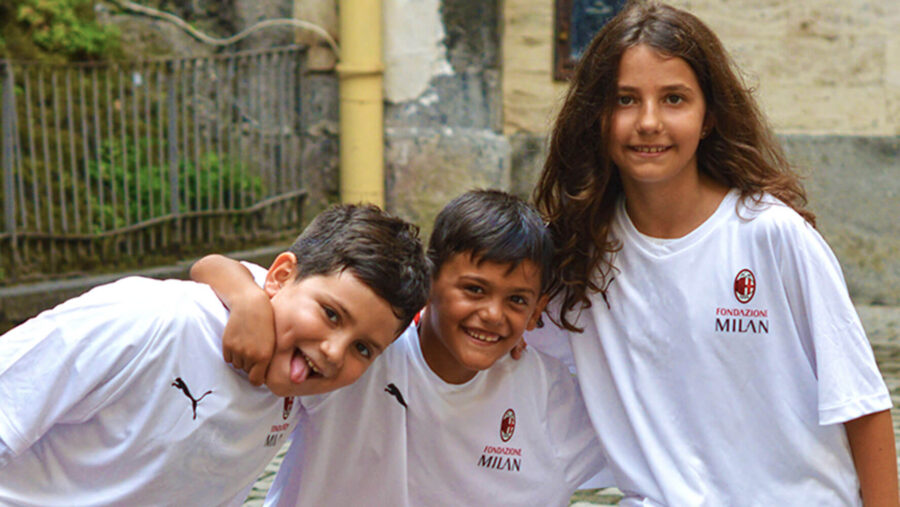
The “Quartieri Spagnoli” area presents itself as a regular chessboard, made by a series of equal-sized lots, delimited by six streets parallel to Via Toledo and numerous streets perpendicular to it. It’s an urban space made up of alleys that are often very narrow, and these morphological conditions make it only partly traversable.
We must add that, even if they are very close to Piazza Plebiscito and to the municipality of Naples, the “Quartieri Spagnoli” area has his highest point at 78 meters above sea level, an important elevation that affects accessibility and circulation within it.
These area doesn’t present an administrative unit and its territory is divided between Chiaia-Posillipo-San Ferdinando and Avvocata-Montecalvario-San Giuseppe-Porto-Mercato-Pendino. This is the old town of Naples, for too many years a degraded place and a negative symbol for the city. However, this area has been enhanced through various activities promoted by the municipal administration aimed to restoring the dignity that these historic streets deserve. Rebuilding the socio-economic profile of this area is not easy in the immediate future, above all because the lack of connections between these areas makes it more difficult to find meaningful statistical data.
This is an area characterized by economic weakness and by the degradation of a big part of the buildings, with a persistent risk of social exclusion of its inhabitants.
Children at risk of school drop-outs, between 8 and 12 years of age, were classified as beneficiaries of the project: education and a direct support, can moderate the negative effects of the surrounding socio-economic environment, giving them more hopes for the future.
JOIN THE TEAM!
A small gesture is enough to contribute to the realization of projects in support of the most fragile and marginalized children.